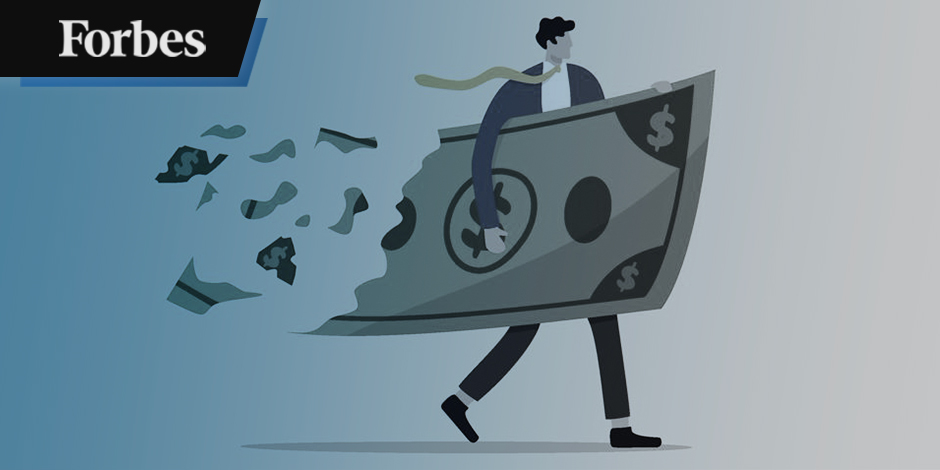It seems the Media and Wall Street are feasting again on retailers that might have weathered the pandemic if they hadn’t fallen victim to aggressive strategies. The arc of their struggles, however, are quite different.
Bed Bath and Beyond — now derisively referred to by retail industry insiders as Bed Bath & Be Gone — is officially an actual, out-of-business, dead-as-a-doornail bankruptcy. A chart of the company’s revenue shows it peaked in 2018 and has been steadily declining ever since.
A stock that once traded at nearly $80 a share is now worth about a dime. But its peak in terms of market capitalization was around 2011, when the company was valued at almost $14 billion. Since then, revenue rose slower and flatlined in 2016 before starting the decline.
Who and what is to blame? One of the critical factors was the company’s strategy to spend nearly $12 billion since 2004 buying its stock. This tactic, in theory, rewards investors with a higher stock price that reflects the company’s profitability as a going concern. When Wall Street applies this technique, it might be called a company recapitalization. In the case of BBBY, it starved the company of the capital it needed to buy inventory and weather a financial calamity like the pandemic. A second key issue was the pivoting of the company, leadership, and merchandising strategy in 2019; compounded by the pandemic, it led the company into a series of insurmountable obstacles to overcome.
Conversely, David’s Bridal has declared bankruptcy recently, for the second time, but for very different reasons. The country’s most prominent wedding gown retailer exited its first bankruptcy in 2019. In reporting that event, industry trade journal Retail Dive observed that the company’s financial instability “stemmed from a roughly $1 billion leveraged buyout by private equity firms in 2012.” According to Retail Dive’s report, 15% of private equity-owned companies ultimately file for Chapter 11 bankruptcy.
David’s Bridal’s second bankruptcy is very different from BBBY. In its filings, the company blamed its financial woes in part on the pandemic (nearly all weddings were canceled in 2020) and “shifts in consumer behaviors [that] have contributed to the elongation of wedding planning cycles and an overall casualization in wedding events.” Last year the company posted record revenue as millions of pandemic-postponed weddings took place.
But the bigger problem is debt. That said, David’s Bridal is looking for a buyer for the company and likely will find one, emerging as a much healthier company. It is the country’s largest bridal retail chain, with close to 300 stores and a market share estimated at 25% to 30%.
Meanwhile, news coverage of David’s Bridal’s difficulties has seemed to be designed to tap into the hysteria a bride might feel upon finding that her wedding dress has disappeared. This headline was: David's Bridal files for bankruptcy, stores remain open. And then this one: David’s Bridal Will Close All Stores. Other headlines declared the company was laying off 9,000 of its 12,000 employees.
Pity CEO Jim Marcum had to explain to a television news reporter in the company’s home market of Philadelphia that state law required the company to warn of the possibility of layoffs in connection with its Chapter 11 filing.
These are two very different examples of companies filing for bankruptcy. One common challenge is not allowing businesses to look and plan for long-term financial sustainability versus a myopic and immediate return to shareholders.














